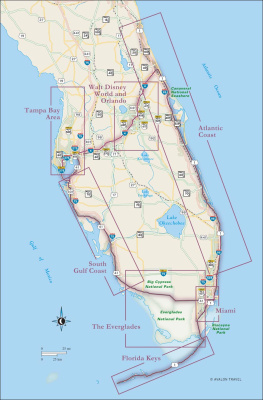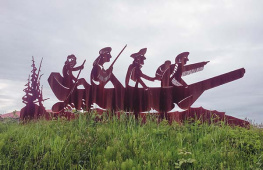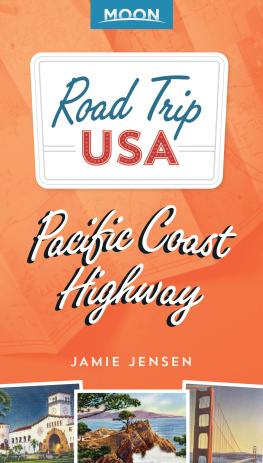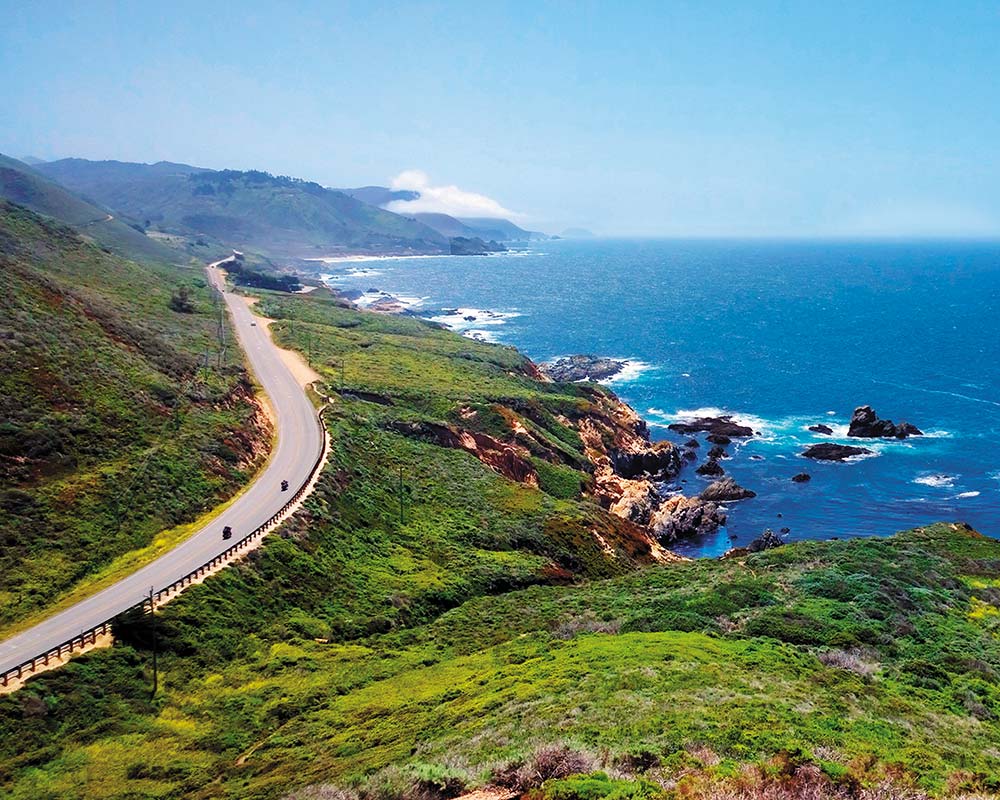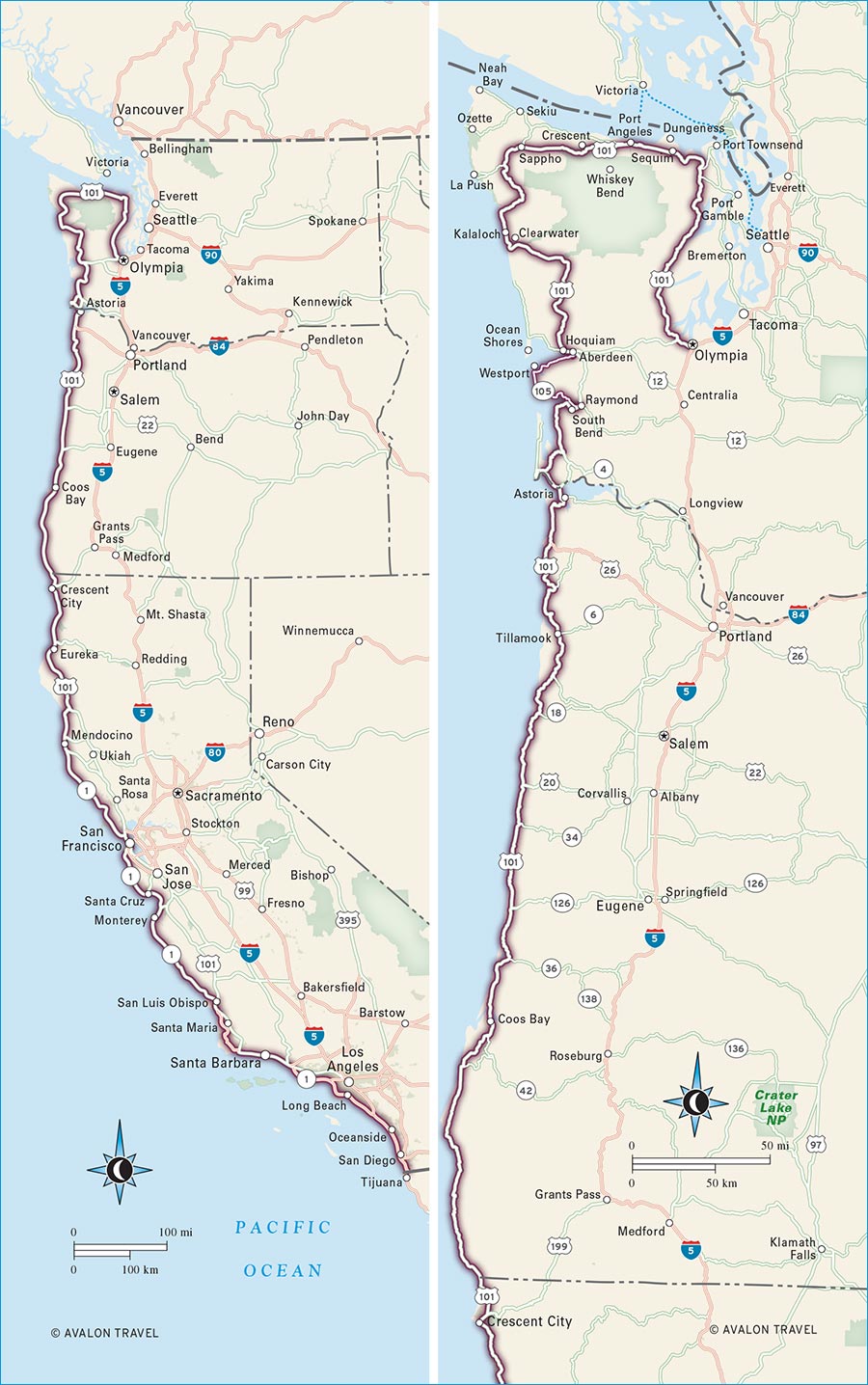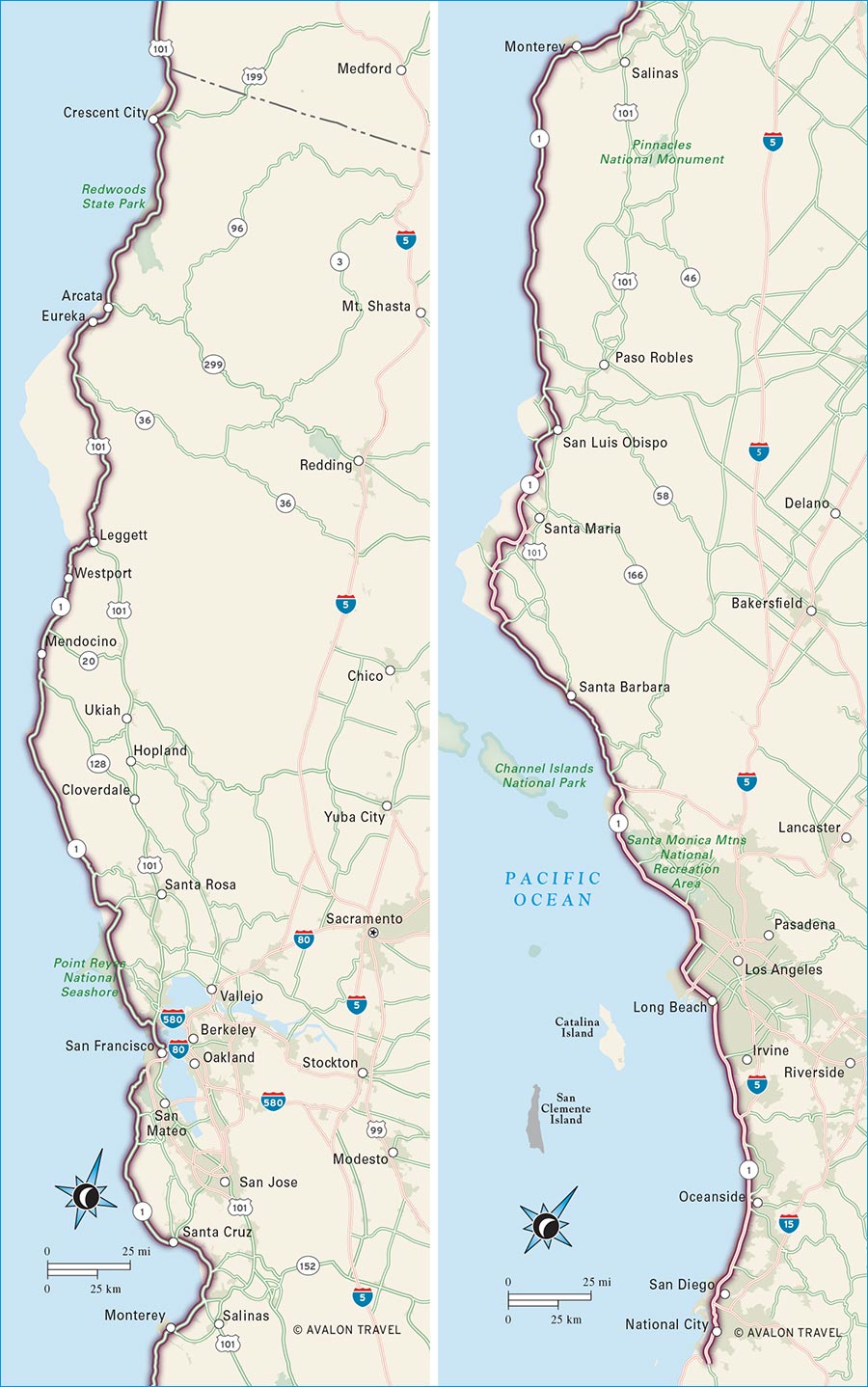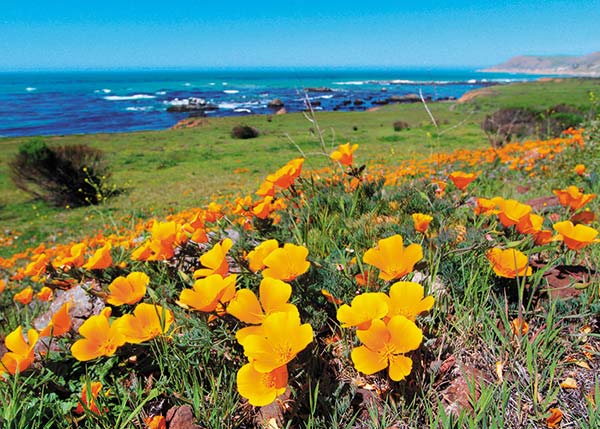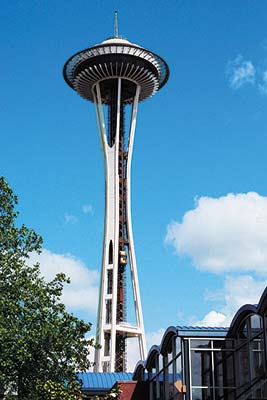PACIFIC COAST HIGHWAY
Road Trip
VICTORIAH ARSENIAN
The Pacific Coast Highway is an epic journey, offering up 1,700 astounding miles to those with playful hearts and the passion for adventure.
A spirit born of earth and water breathes over the Pacific Coast: across the western edge of Washingtons glacier-carved Olympic Peninsula, along the delicately etched sea arches of Oregon, riding Californias rocky northern shore south until it softens in the warm embrace of sunny southern skies.
Curving down from the Strait of Juan de Fuca, the highway rounds Olympic National Park, where Mount Olympus casts a shadow over mystical evergreen giants. Heading south past Washingtons rough-and-tumble logging and fishing communities, the road keeps pace with cedar plank canoes used by Native Americans following the watery highway of their ancestors. The southernmost tip of Washington marks the end of Lewis and Clarks journey; their names are carved into a tree atop Cape Disappointment.
Much of Oregons shoreline is publicly owned, including otherworldly features like basalt sea stacks and towering sand dunes. Wild winds choreograph the dance of colorful kites every summer, while caches of blown-glass floats gleam above the tide line.
Giant redwoods punch upward through a layer of fog at the start of Californias 1,100-mile sprawl of coastline. The tallest and most majestic line the Avenue of the Giants, alongside the kitschiest: drive-through trees, drive-on trees, and houses carved from trees. The phenomenal northern coastline is rivaled only by the drama of Big Sur farther south, beyond which stretch the endless summer beachfronts of Southern California. The land of beach boys and surfer girls really does exist.
Laced between and around these scenes lie cities built upon the dreams and the backs of those who believed. Seattle, Portland, San Francisco, Los Angeles, and San Diego are gateways to the landscapes that separate them, as well as destinations in their own right. Blue-collar ports alternate with vacation retreats along the way, adding a range of cafs, seafood grills, and bijou restaurants, as well as diverse places to stay, from lighthouse youth hostels to upscale new-age resorts.
What are you waiting for? PCH is calling.
Washington Coast
Looking for new experiences? Steeped in natural beauty from emerald forests to the wild Pacific Ocean, the Olympic Peninsula has them. Explore meandering trails. Wander beneath the lush canopy of rain forests. Go storm watching. But save time for an urban stopover in Seattle, where the fish fly at Pike Place Market and you can get the perfect cup of coffee any time of day.
Oregon Coast
With whimsical arches and sea stacks, towering cliffs, and seemingly endless sand dunes, Oregons coast is both magnificent and mysterious. Just about anything is possible, from exploring otherworldly coastal caverns to navigating wild rivers. For a taste of urban living, Oregon-style, head to Portland for some of the best farm-to-table dining and craft beers in the state.
Northern California Coast
California, here we come! Drive through giant redwoodsin some cases quite literally. Find yourself on the Lost Coast. Sip a glass or two of pinot noir. Then cross the iconic Golden Gate Bridge into San Francisco. With some of the most famous sights and best dining along the entire West Coast, the City by the Bay is the heartbeat of Northern California.
Central California Coast
While its not undiscovered, the Central Coast is still untamed. Artists, writers, and poets find inspiration in this wild, ever-changing landscape. Theres much to do here: meet jellyfish in Monterey, tour Hearst Castle, sample the good life in Santa Barbara. But first, stand on a bluff in Big Sur and discover whywithout a wordcentral California defines breathtaking.
Southern California Coast
As it continues south, Californias coastline becomes soft and sun-drenched. Here youll find the high times and easy living that define the Golden States beach culture. Spot celebrities in Hollywood and legends in their own minds on the Venice Boardwalk. Go surfing in Malibu, snorkel in La Jolla, and bike along the shore in San Diego. You can even pal around with a cartoon mouse. SoCal has no limits!
When to Go
The best time for this road trip is late spring to early fall, when the weather is best.
The window for good weather is shorter in Washington and Oregon; its best June through September when its warm and dry with average temperatures of 80F.
Part of Californias allure is in its relatively mild weather year-round. While the northern coast rarely hits 70F in the summertime and can be rainy and foggy, the farther south you go, the warmer and sunnier it gets. In the San Francisco Bay Area, temperatures reach into the 70s and even 80s in summer and fall. Be prepared for the chill of fog in the evenings; even the warmest summer days often end with fog spilling over the Golden Gate into the city. From Santa Barbara south to San Diego, temperatures in the 80s are not unheard of even in January; summer temperatures can often hit the triple digits in inland Los Angeles.
If you drive PCH in the high summer season, expect heavier traffic and crowds. Hotels and rental-car reservations go fast, so make your arrangements in advance. Rates are also higher during the summer. Port towns in Washington and Oregon can be hectic. Arrive early to the ferry docks; long lines form quickly and the wait can be two hours or more. Crowds and especially traffic intensify in California, especially on the freeways. Plan extra driving time and extra time along the way, especially at popular sights in big cities.

Muir Woods National Monument


